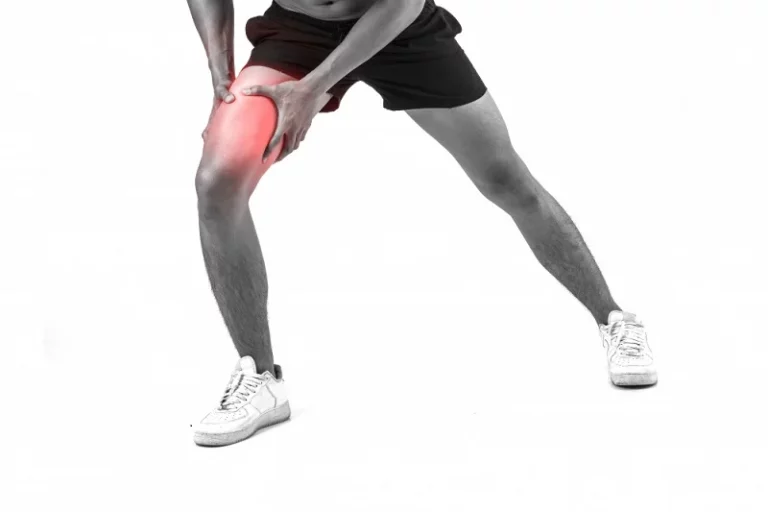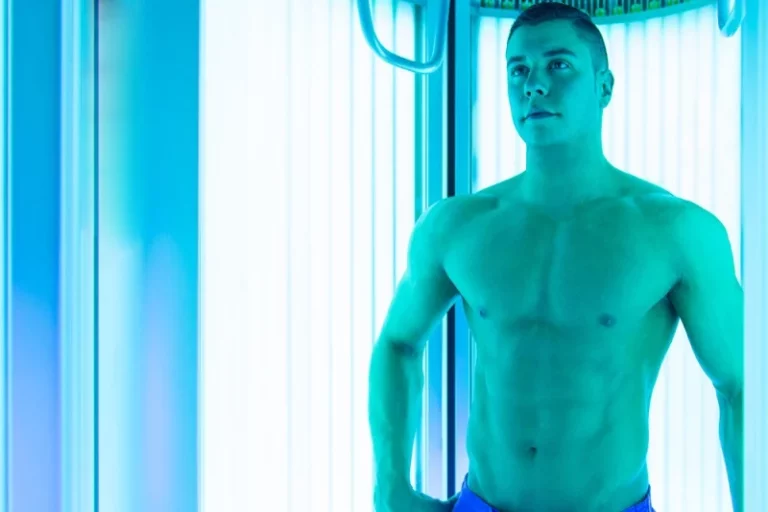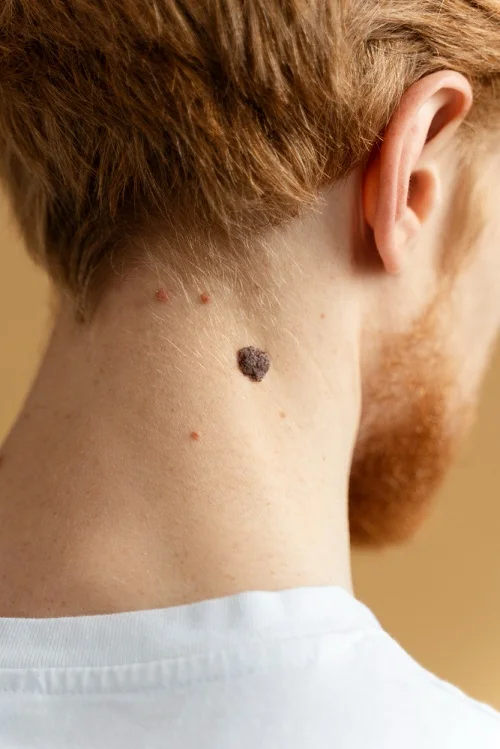Cryotherapy and Olympics
As an Olympic athlete, your pursuit of excellence knows no bounds. You constantly seek ways to push beyond your limits and optimize your performance. In this quest for greatness, have you considered the potential benefits of cryotherapy?
Cryotherapy has been gaining interest among participants in various sports disciplines, including the Olympics. This innovative treatment involves exposing the body to extremely cold temperatures for a short duration, typically through whole-body cryotherapy chambers or localized applications. But how exactly can cryotherapy enhance your performance on the Olympic stage?
By exploring cryotherapy’s potential benefits and understanding its impact on athletes like yourself, we can uncover new ways to optimize performance and recovery. From reducing inflammation and muscle soreness to enhancing circulation and boosting energy levels, cryotherapy offers a valuable tool in your pursuit of Olympic glory.
So let’s dive in and discover how this cutting-edge technique can help you reach new heights in your athletic endeavors.
Cryotherapy as an Effective Recovery Therapy
Cryotherapy treatments have gained significant popularity among athletes, particularly in the Olympics, due to their highly effective recovery benefits. Athletes are constantly pushing their bodies to the limit, and cryotherapy has emerged as a valuable tool in aiding faster recovery and enhancing performance. Let’s delve into how cryotherapy works and its role in post-exercise muscle repair and rejuvenation.
One of the key advantages of cryotherapy is its ability to reduce inflammation and soreness. When athletes engage in intense exercises, they often experience microtraumas within their muscles. This leads to inflammation, which can hinder recovery and limit performance. Cryotherapy helps combat this by exposing the body to extremely cold temperatures for a short duration, typically using a cryotherapy chamber or other cryo innovations. The cold temperature causes blood vessels to constrict, reducing blood flow to the affected areas and minimizing inflammation.
Moreover, cryotherapy triggers adaptive responses within the body that facilitate healing processes. When exposed to cold temperatures during repetitive cryotherapy sessions, the body undergoes vasoconstriction followed by vasodilation upon rewarming. This process promotes better circulation by flushing out metabolic waste products from muscles while supplying them with oxygen-rich blood. Improved circulation aids in delivering essential nutrients required for muscle repair and rejuvenation.
Cold water immersion (CWI), another form of cryotherapy, has also been widely used by athletes for recovery purposes. CWI involves immersing oneself in cold water after intense physical activity. Similar to whole-body cryotherapy, CWI reduces inflammation and accelerates recovery through vasoconstriction followed by vasodilation upon exiting the cold water.
Scientific evidence supports the effectiveness of cryotherapy in facilitating recovery after strenuous exercises. Several studies have demonstrated that exposure to extreme cold temperatures can significantly reduce markers of muscle damage such as creatine kinase levels while improving subjective measures of muscle soreness.
In addition to its impact on muscle repair, cryotherapy also plays a crucial role in reducing oxidative stress. Intense physical activity generates free radicals within the body, leading to oxidative stress that can impair recovery. Cryotherapy helps counteract this by activating antioxidant defense mechanisms, ensuring that athletes recover more efficiently.
Accelerating Athletes’ Recovery Speed with Cryotherapy
Cryotherapy has emerged as a game-changer in the world of sports, revolutionizing the way athletes recover from intense training sessions and injuries. With its ability to enhance recovery speed, cryotherapy has become an indispensable tool for athletes striving to reach their peak performance levels.
Cold Temperatures and Muscle Recovery
One of the key reasons why cryotherapy is so effective in accelerating athletes’ recovery speed is its impact on muscle tissue. When exposed to cold temperatures during cryotherapy sessions, muscles experience vasoconstriction, which causes blood vessels to narrow. This constriction helps reduce inflammation and swelling that often accompany intense physical activity or injuries.
Moreover, cold exposure through cryotherapy enhances blood circulation. As blood vessels constrict during the session, they subsequently dilate post-treatment. This dilation leads to increased blood flow to the muscles, supplying them with vital nutrients and oxygen necessary for repair and regeneration. By improving blood flow, cryotherapy aids in flushing out metabolic waste products accumulated during exercise or injury.
Faster Healing and Reduced Downtime
Cryotherapy’s ability to promote faster healing is attributed to several factors. Firstly, the enhanced blood flow resulting from cold exposure facilitates nutrient delivery to damaged tissues while removing waste products more efficiently. This accelerated supply of nutrients expedites the healing process by providing cells with essential building blocks required for repair.
Secondly, cryotherapy reduces inflammation within muscles and joints by suppressing pro-inflammatory cytokines release. This reduction in inflammation not only minimizes pain but also allows injured tissues to heal more rapidly.
Furthermore, cryotherapy stimulates the production of collagen—a crucial protein responsible for tissue repair—resulting in stronger connective tissues that are less prone to re-injury. This aspect is particularly beneficial for athletes who often subject their bodies to repetitive strain and stress.
Enhancing Training Adaptations
Apart from its role in recovery, cryotherapy has been shown to enhance training adaptations, leading to improved athletic performance. Cold exposure during cryotherapy sessions triggers a process called “cold-induced thermogenesis,” which activates brown adipose tissue (BAT). BAT generates heat by burning calories, aiding in weight management and body composition.
Moreover, cryotherapy promotes muscle adaptation by stimulating motor unit recruitment—the activation of more muscle fibers during movement. This increased recruitment enhances muscular strength and power, enabling athletes to generate greater force and perform at higher intensities.
The Impact of Cryotherapy on Post-Exercise Recovery
Cryotherapy, a treatment that involves exposing the body to extremely cold temperatures, has gained popularity among athletes for its potential impact on post-exercise recovery.
Reducing Muscle Damage and Soreness
One of the key benefits of cryotherapy is its ability to reduce muscle damage and soreness after intense workouts. When exposed to cold temperatures, blood vessels constrict, reducing inflammation and swelling in the muscles. This effect helps alleviate muscle soreness and accelerates the recovery process.
Cold therapy also plays a crucial role in minimizing the negative impact of exercise-induced muscle damage. Intense physical activity can cause microscopic tears in muscle fibers, leading to soreness and stiffness. Cryotherapy aids in reducing these micro-tears by decreasing blood flow to the affected areas, which subsequently reduces inflammation and promotes faster healing.
Utilizing Cryo Chambers for Faster Healing
Cryo chambers have become increasingly popular among athletes looking to expedite their post-workout healing process. These specialized chambers expose individuals to sub-zero temperatures for short periods. By subjecting the body to extreme cold, cryo chambers trigger various physiological responses that promote faster recovery.
When an athlete enters a cryo chamber, their body undergoes vasoconstriction as blood vessels narrow due to the cold temperature. As they exit the chamber, vasodilation occurs as blood rushes back into peripheral tissues. This rapid contrast in blood flow enhances oxygenation and nutrient delivery to muscles, facilitating quicker repair and regeneration.
Moreover, cryo chambers provide a whole-body cooling experience that targets multiple areas simultaneously. Unlike localized ice packs or baths, cryo chambers offer a more efficient method of cooling down large muscle groups uniformly. This comprehensive approach ensures consistent cooling across all major muscle groups involved in strenuous exercises.
Maximizing Athletic Performance through Enhanced Recovery
By incorporating cryotherapy into their post-exercise recovery routine, athletes can maximize their overall performance. Cryotherapy’s effect on reducing muscle damage and soreness enables individuals to recover faster between training sessions or competitions, allowing for more frequent and intense workouts.
Enhanced recovery also translates into improved exercise performance. When muscles are not fully recovered, they may not perform optimally during subsequent workouts or events. Cryotherapy helps athletes bounce back quicker, ensuring that they can push themselves to the limit without compromising their performance.
Maximizing Performance: Cryotherapy in Olympic Training Programs
Incorporating cryotherapy into training programs has become a popular strategy for athletes looking to maximize their performance in the Olympic Games. By utilizing whole-body or localized treatments, athletes can optimize their training outcomes and gain a competitive edge. Cryotherapy involves exposing the body to extremely cold temperatures for a short period, which has been found to enhance endurance, strength, and speed when used regularly.
One of the key benefits of cryotherapy is its ability to improve endurance levels. Endurance is crucial for athletes participating in various sports at the Olympics, as it determines how long they can sustain high-intensity efforts. Regular cryo sessions help increase an athlete’s VO2 max, which is the maximum amount of oxygen their body can utilize during exercise. By improving VO2 max through cryotherapy, athletes can push themselves harder and longer during training sessions and competitions.
Strength development is another important aspect of Olympic training programs, and cryotherapy plays a significant role in this area as well. Incorporating cold therapy into strength training regimens helps enhance force output and muscle power. Athletes who engage in resistance training exercises such as barbell squats can benefit from cryo sessions before or after their workouts. The exposure to cold temperatures helps reduce inflammation and muscle soreness while promoting faster recovery, allowing athletes to train more frequently with higher intensity.
Cryotherapy has shown promising results. Athletes often use power bands or other explosive exercises to enhance their sprinting abilities. By incorporating cryo sessions into their weekly training program, athletes experience reduced muscle fatigue and improved neuromuscular function. This enables them to generate more force with each stride, leading to enhanced speed on the track or field.
Integrating cryotherapy as a key component in Olympic training regimens offers numerous advantages for athletes aiming for peak performance at the games. Whether it’s through whole-body cryotherapy or localized treatments, the cold temperatures stimulate the body’s natural healing processes and promote recovery. This allows athletes to train harder and more frequently without succumbing to overuse injuries.
Enhancing Athletic Recovery: Cryotherapy’s Role in Injury Prevention
Cryotherapy plays a vital role in preventing injuries among athletes, particularly Olympic athletes. By reducing swelling and inflammation, cryotherapy minimizes the risk of injury and supports athletes’ physical well-being.
Reducing Swelling and Inflammation
One of the key benefits of cryotherapy is its ability to reduce swelling and inflammation. When athletes engage in intense sports activities, muscle damage often occurs due to the stress placed on their bodies. Cryotherapy helps alleviate this damage by constricting blood vessels and lowering tissue temperature, which subsequently reduces swelling.
By minimizing swelling, cryotherapy allows for faster recovery and decreases the likelihood of further injury. It effectively prevents excessive fluid accumulation around injured tissues, promoting quicker healing processes. This reduction in inflammation not only aids in recovery but also enhances overall athletic performance.
Maintaining Physical Well-being
Athletes participating in the Olympics push their bodies to extraordinary limits. The physical demands placed on them can lead to fatigue, soreness, and an increased risk of injury. Cryotherapy serves as an essential tool for maintaining their physical well-being throughout rigorous training sessions and competitions.
Regular cryotherapy sessions help athletes recover faster from intense workouts by accelerating tissue repair processes. By exposing their bodies to extremely cold temperatures for short durations, they activate potentiation mechanisms that promote healing at a cellular level. This activation potentiation results in improved muscle regeneration and reduced oxidative stress.
Proactive Injury Prevention
Injury prevention is crucial for Olympic athletes who strive for peak performance during competitions. Cryotherapy offers a proactive approach to minimize the risk of injuries before they occur. By incorporating cryo sessions into their pre-training routines or as part of post-workout recovery protocols, athletes can significantly decrease the chances of sustaining injuries.
Cryotherapy acts as a preventive measure by strengthening the body’s ability to withstand physical stress. It improves muscle flexibility, enhances joint range of motion, and promotes better overall recovery. By regularly utilizing cryotherapy, athletes can maintain their bodies in optimal condition and reduce the likelihood of injuries that could hinder their performance.
Cryotherapy and Hormonal Changes: Boosting Athletes’ Recovery
Cryotherapy, a popular technique used by athletes to enhance recovery and performance, has been found to have a significant impact on hormonal changes. By understanding how cryotherapy affects hormone levels such as cortisol and testosterone, athletes can optimize their hormonal balance for improved recovery and gains in sports performance.
Exploring how cryotherapy affects hormonal changes for improved recovery
One of the key physiological responses triggered by cryotherapy is the regulation of hormone levels in the body. Cortisol, often referred to as the stress hormone, plays a crucial role in the body’s response to physical exertion. During intense training sessions or competitions, cortisol levels tend to increase due to the stress placed on the body. However, studies have shown that exposure to cryotherapy can lead to a significant decrease in cortisol levels post-exercise.
Understanding its impact on hormone levels such as cortisol and testosterone
Apart from regulating cortisol levels, cryotherapy has also been found to influence testosterone levels in athletes. Testosterone is an essential hormone for muscle hypertrophy and overall body strength. Research suggests that cryotherapy can lead to an increase in testosterone production, which may contribute to enhanced muscle recovery and adaptation.
Highlighting the role of cryo in optimizing athletes’ hormonal balance
Optimizing hormonal balance is crucial for athletes seeking gains in strength, endurance, and overall performance. Cryotherapy provides a non-invasive method for achieving this optimization by modulating hormone levels. By reducing cortisol and increasing testosterone production through cryo exposure, athletes can create an environment conducive to faster recovery and improved athletic gains.
Utilizing cryotherapy to enhance overall recovery and performance
The benefits of cryotherapy extend beyond just hormonal changes; it also offers numerous advantages for overall recovery and sports performance. Cryo exposure helps reduce inflammation within muscles by constricting blood vessels temporarily. This constriction not only aids in reducing swelling but also promotes the removal of metabolic waste products, allowing for faster recovery.
Moreover, cryotherapy has been shown to decrease body fat percentage in athletes. By exposing the body to extremely cold temperatures, cryotherapy stimulates the activation of brown adipose tissue (BAT), which is responsible for burning stored body fat. This reduction in body fat can lead to improved body composition and increased athletic performance.
Conclusion
Cryotherapy’s significance in optimizing Olympic athletes’ performance cannot be overstated. This cutting-edge recovery therapy has proven to be highly effective in accelerating athletes’ recovery speed, enhancing athletic performance, and preventing injuries. By subjecting their bodies to extremely low temperatures, athletes can experience reduced inflammation, improved blood circulation, and enhanced hormonal changes that contribute to faster recovery and improved overall performance.
To maximize your own athletic potential, consider incorporating cryotherapy into your training regimen. Whether you’re a professional athlete or a fitness enthusiast, the benefits of cryotherapy are undeniable. By utilizing this advanced recovery technique, you can recover faster from intense workouts, prevent injuries, and push your physical limits further than ever before.
FAQs
Is cryotherapy suitable for all athletes?
Cryotherapy is generally safe for most athletes; however, it is essential to consult with a healthcare professional before undergoing any new treatment or therapy. They can assess your individual needs and determine if cryotherapy is appropriate for you based on your medical history and current health status.
How often should I undergo cryotherapy sessions?
The frequency of cryotherapy sessions may vary depending on individual factors such as training intensity and goals. Typically, athletes undergo cryotherapy sessions two to three times per week; however, it is best to consult with a trained professional who can tailor the frequency to suit your specific needs.
Are there any side effects of cryotherapy?
While cryotherapy is generally considered safe when performed correctly by trained professionals, some individuals may experience minor side effects such as skin redness or irritation due to the extreme cold temperatures. These effects are usually temporary and subside shortly after the session.
Can cryotherapy help with muscle soreness?
Yes! Cryotherapy has been shown to effectively reduce muscle soreness by decreasing inflammation and promoting faster recovery after intense exercise or competition.
How long does a cryotherapy session typically last?
A typical cryotherapy session lasts between 2 to 4 minutes. The duration may vary depending on the individual’s tolerance and the specific protocols followed by the facility providing the treatment.
Remember, always consult with a healthcare professional or trained cryotherapy specialist before incorporating cryotherapy into your training routine.






